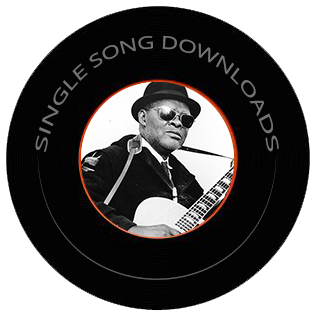
Soldier's March (United States March)
Level: 4
Tuning: Standard
This is surely one of the most amazing showpieces in all the fingerpicking world. It starts in F and modulates to C, covers the neck, and is full of wit and virtuosity. It starts with a rousing drum roll, first position F, then hits a jazzy reveille worked out of D form F, fifth fret. He establishes his spirited marching pace and is off to war. The song creates images and tells the story of battle, complete with the sound effects. Part A, a Sousa-sounding march in F starts on the first position, and for bases uses only the low E (first fret) and the A (third fret). It’s the perfect chord for playing the scales that make up the melody on the treble strings. By hammering on and pulling off, the melody falls sweetly to hand, like all of Rev. Davis’ playing. The same holds true for the following chords, C7, first position, D7, same form, up two frets. The base stays steady on the two low strings, the left thumb covering the low E on all three chords. The second time through part A, the song moves to the Bb, A form, left thumb covering both basses, first fret. After returning top the F, part A resolves with the Bb, C (Bb up two frets) and a nifty run, that slides up to the F note, seventh fret, A string, straight to the open D string, finally rolling down in the first position to the F.
It really gets interesting when it gets to part B. A chromatic run from the G, on the high E string, third fret, down to the open E, initiates the key change to C. He quickly goes to D7, (made like a F, but with the left thumb up to the F#, second fret, low E string, and the little finger to the F#, fourth fret D string. To play the G that follows, continue moving the thumb up, this time to the G, third fret, and play a G7 with the F on the D string, third fret. Again, this time with the C and G7 chords, he pulls and hammers the scales that make the melody. The bugle call towards the end comes out of the D form F, fifth fret, and this part resolves with the same D7 and G7 as before. The last time through this part, it resolves with ascending D form chords, F, G, and E on the twelfth fret. The bugle call interlude that follows is played out of the D form E, fourth fret, the D form G, seventh fret, down to Eb7, D7 form, first finger on the first fret of the D string, back and forth to the D, first position. This creates a kind of tension that resolves in various G runs, back to C. At the very end of the song, as nightfalls on the battlefield, taps is played out of the D form F.
